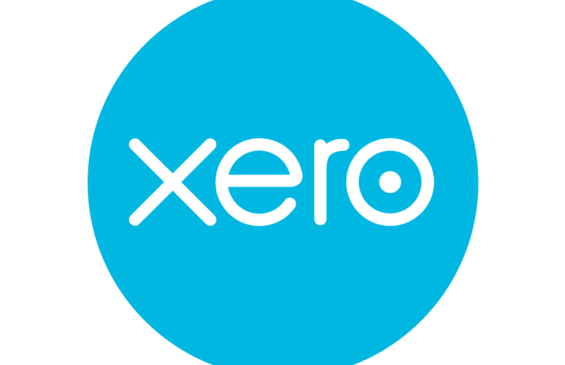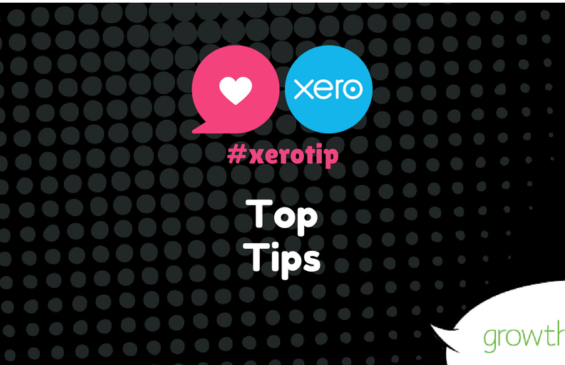Welcome to the start of yet another Financial Year. It's hard to believe that 12 months has passed already! I hope the last newsletter Action.....what it can mean for your business gave you something to think about as you prepared for the end of the Financial Year. Now that it's over it's time to turn your attention to the planning stage again. This time it's setting some goals and targets based around your business numbers for the 2011 Financial Year.
Firstly for those of you who set some targets each year it's advisable to take some time to review your targets to actuals and get an understanding around the WHY of any differences between your target & actual. For those of you who are setting targets for the 1st time this year it's still an idea to have your last years numbers handy.
Setting some targets.....The following 4 questions are the 1st steps in setting some targets for your business:
- What amount in $$$ terms Profit do you want to make this year? What is your Sales Target in $$ terms this year? What is your Cost of Goods Sold Target % this year? What is your overhead costs Target this year?
In order to set these targets you need to drill down into your previous years detail and also the detail of how your business needs to perform over the next 12 months. Let's take a look in more detail.
In order to set your sales targets you need to know your businesses maximum capacity. If you are a labour based business how many billable hours can your team work each year? Don't forget you will need to put allowances in for Leave & downtime. If your business is a manufacturing or equipment based business how many hours can your machines work for therefore what is your maximum revenue?
What is a feasible target for your sales staff to have? Starting at the top line gives you a great indication of your businesses potential. You can then break this down into monthly targets, machine targets, staff targets or daily sales targets. Once you have your sales targets set it's time to review your Cost of Goods Sold - this is the cost of materials for your products, your labour costs, stock etc - that is the costs that vary with the amount of sales. It's a good idea to look at the % of your Cost of Goods Sold to your Sales last year & set a target to reduce these costs as a % this year. Can you review your suppliers of your products? Is there another supplier on the market that is the same quality but cheaper? Can you ask for bulk discounts? Can you review your higher margin products and aim to increase these and decrease your lower margin products? Can you look at your team's productivity? Can you gain efficiencies in the machines or equipment you are using?
The next step is to set a budget for your overhead costs. This is a great opportunity for you to review your return on investment from last year and set some targets for this year. What was your marketing budget? What was your Return on Investment for each of your Marketing expenses? Do you need to allocate more or less money to each area again this year? What is your budgeted Return on Investment for each Marketing Activity.
Are your other overhead costs under control? Do you know where your overhead $$ are going? Do you need to review any other items this year? Are your Insurances up to date? Are you getting the best value for your money for your Insurance Policies? Have your wages costs % of sales increased last year? If so why? Will they need to increase this year? Once you have set your Sales Target, your Cost of Goods Sold Target & all of your Overhead Expenses you can then match your profit (what is left over) to your ideal profit.
If this matches great! But if it doesn't it's time to tweak the budget a bit. The last step in the Budget process is to complete some What-If analysis......What if you increased your prices by 2%? What if you were able to take another 1% off your Cost of Goods Sold? What If Interest Rates went up another 0.5%? What if you hired another employee? What If you upgraded your Equipment? Being armed with a base budget allows you then to drill down and work out what will give your business the best outcome. Budgeting should be a process that allows you drill down into your business and really understand your numbers. If you need any assistance with the above just let us know.



